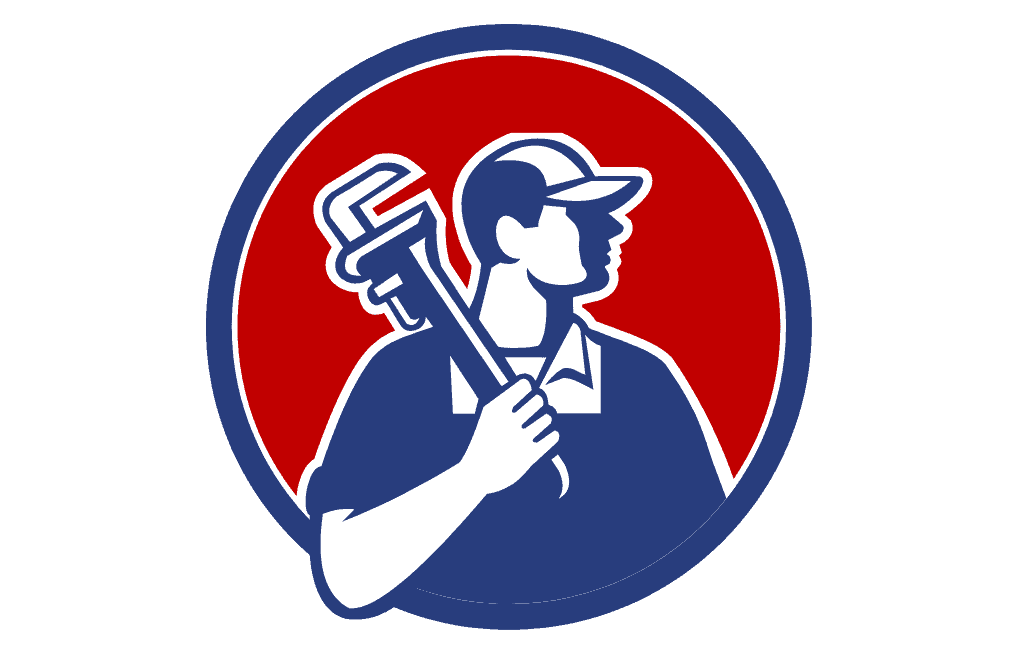
Are you considering adding plumbing to your detached garage? If you’re lucky enough to have a garage slightly removed from your home instead of attached to it, you know the freedom and convenience it offers.
However, if you want to use that garage as a workspace or living space, you’ll need running water.
This can seem like a daunting task compared to installing plumbing in an attached garage, and it is. That’s why you’ll have a plumber do the work for you.
Still, learn more about how to run plumbing to a detached garage with this step-by-step guide.
In this PlumbingNav guide, we will cover:
- Things you need to know about detached garage plumbing
- Costs of a new garage plumbing installation
- How to run plumbing to a detached garage
- Maintaining your new garage plumbing
| What's In This Guide? | |
|---|---|
|
|
|
Get Fast, Local Plumbing Service
Connect with an expert plumber in your local area to tackle any job – big or small. Find help with leaks, clogs, or full installations.
Select your service category on the form, provide your details, and an expert plumber will be in touch!
Plumbing Navigator is an informational site that connects visitors with local plumbers but does not directly provide plumbing services or operate as a licensed company.
Things You Need To Know About Detached Garage Plumbing
A detached garage gives you the opportunity to create a semi-private oasis away from the main house, whether you want an art room, band practice room, home office, or man cave.
If you plan on spending any significant amount of time in your new garage conversion, you will need a proper plumbing system. Potential plumbing setups may include a small bathroom, kitchen, or both, depending on how you plan to use the space.
If starting with an unfinished garage, you will have no preexisting plumbing going to the garage.
You will need to start by running a water pipe to the garage, which is the most important and labor-intensive part of the upgrade. After that, you will attach the water supply to your plumbing fixtures, such as a kitchen sink or toilet, and appliances, such as a washing machine.
Finally, you’ll install drainage systems and pipe ventilation.
Don’t forget that you may also need to install electrical lines and a gas line, especially if you have a gas water heater, gas furnace, or gas stove. You can save money by not providing hot water to the garage or using electrical appliances.
Can I Install Plumbing to My Garage Myself?
In most locations, you will need to hire a licensed plumber with the legal prerequisites to get the proper plumbing permit for the plumbing installation and ventilation.
You can not do the work yourself without the proper training. You also need to have proper knowledge about building codes and how to properly install plumbing that passes inspection. You may end up with a fine if you don’t install your garage plumbing to building code, and you’ll have to pay to get your plumbing back up to code by calling a plumber.
Improper plumbing installation can lead to water contamination, backflow of toxic sewer gases, and other hazardous conditions. Furthermore, it can lead to plumbing damage and water damage with high repair bills.
With that being said, after you install the rough-in plumbing, you can learn when a permit is not required so you can take on some of the job yourself if you so choose. There are several things you can do in plumbing without a license.
Costs of New Garage Plumbing Installation
To complete a new bathroom in your garage, you can expect to pay anywhere between $3000 – $6000 with the majority of the price tag deriving from running water to the detached building.
Of course, there are numerous variables that can impact the final tab.
One major consideration is how far away the garage is from your home. See, the plumber must install piping the entire length between your house and the garage. If more than 20 ft. away from each other, that requires additional pipes and additional work, increasing the price.
Additional considerations include the square footage of the garage, garage foundation, pipe material (PEX water piping will cost much less than copper pipe), cold water or cold and hot water, number of appliances and fixtures, and the placement of said appliances and fixtures.
How To Run Plumbing To A Detached Garage
To fully appreciate the work, learn more about how to run plumbing to a detached garage.
First, the plumber will need to find the main water line, the pipe that brings water into your home from the city’s water supply or a private well. Once the plumber finds this pipe, they will need to establish an access point before running new pipes from the water main to the garage.
You can’t leave the water pipes exposed, especially outside during freezing conditions. A plumber will dig a trench from the main water line to your garage, carefully avoiding preexisting pipes, plants, and obstacles along the way.
When they finish digging the trench, the plumber will bury the pipes underground, making sure the trench is deep enough to cover the entire length of your pipe. (According to local building codes, of course.)
Now, they’ll need to lay down your pipe in the trench. They will ensure that the end of the pipe closest to your house is connected to the main water line with a secure fitting – you don’t want to dig up the buried pipe for a small repair. Once a secure connection has been verified, it’s time to fill in the trench with dirt.
Finally, once the trench is filled and the pipe is buried, it will need to connect your garage to the pipe. This is usually done with a fitting on the side of the garage.
At this point, you can supply the garage with water!
Now you can install the different appliances and fixtures inside your garage. You’ll also need to install a drainage pipe that connects to the main sewer line and a vent pipe for each item. A wet vent system can be beneficial in a detached garage since it uses fewer pipes than traditional venting.
Watch the video below to learn more about connecting plumbing to a garage apartment:
Maintaining Your New Garage Plumbing
Like any plumbing, you need to care for the plumbing regularly after installation to promote its longevity, safety, and functionality.
Inspect your garage plumbing roughly once a year when you inspect the rest of your plumbing system, including an inspection of all appliances. At this time, you should also perform drain cleaning with the help of a plumbing snake that can fit into a floor drain or an all-natural, enzymatic drain cleaner.
Your garage doesn’t protect against the elements as well as your house, meaning the garage pipes will face increased exposure to moisture, heat, and wind. Under these conditions, your garage plumbing may require more attention for repair than your home’s plumbing.
Prevent pipe damage caused by the elements by insulating your garage from its construction. Choose thick building materials for the walls, floor, ceiling, and roof.
Add adequate insulation, too. Install windows and doors with air-tight connections. Tend to any cracks or leaks throughout the building as soon as you spot them.
Outside of proper plumbing ventilation and adequate ventilation in general, you can control moisture levels in your garage by applying a waterproof coating to the walls, keeping up on roof damage, and installing a dehumidifier.
You should also make a point to keep your garage door shut at all times. If you do notice a problem with your garage door, do not attempt to fix it yourself. Hire a professional to resolve the problem for you.
Get Fast, Local Plumbing Service
Connect with an expert plumber in your local area to tackle any job – big or small. Find help with leaks, clogs, or full installations.
Select your service category on the form, provide your details, and an expert plumber will be in touch!
Plumbing Navigator is an informational site that connects visitors with local plumbers but does not directly provide plumbing services or operate as a licensed company.
FAQs About How to Run Plumbing to a Detached Garage
How hard is it to run plumbing to a detached garage?
Running plumbing from the house to a detached garage requires a significant amount of effort as professional plumbers with a permit must dig a trench for the pipe underground. The longer the distance, the more difficult the job.
Do you need planning permission to turn a garage into a room?
Yes. In almost all locations in the United States and Canada, you need to get permission from your local municipality. However, paying for a professional plumber can save you a lot of money caused by improper installation. You can install some of the appliances and fixtures yourself, such as faucets and toilets, once you get the rough-in plumbing installed if you are keen on saving money using your plumbing DIY skills. Check with your city for clarification on what you can do yourself as it varies by location.
How do I build a bathroom in my garage?
To build a bathroom in your garage, you should start by running a water line to the garage. You will need to dig a trench to bury the pipe. Once you provide water to the garage, you will attach the different fixtures and appliances to the water supply. You will also need to install a drainage system and plumbing ventilation.
Meet Your Plumbing Navigator

About Plumbing Navigator
We’re passionate about all things plumbing, and love sharing tips, “how-to”, and reviewing the latest products to help make your project a success!
Learn More Plumbing Tips
Want to tackle more plumbing projects? Check out these helpful guides!






